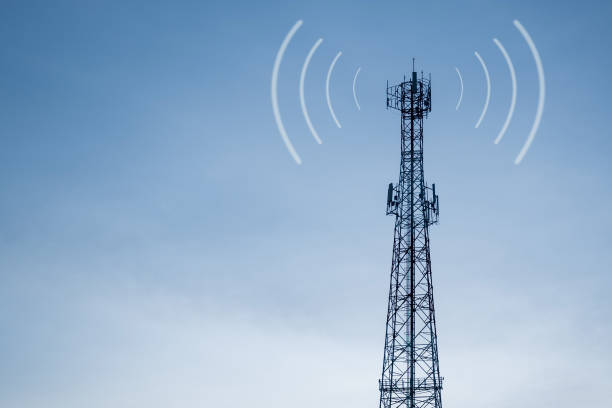Telecom Resilience: Fortifying Networks Against Natural Disasters
In an era where connectivity is paramount, the telecommunications industry faces a formidable challenge: safeguarding networks against the unpredictable fury of nature. As climate change intensifies, how can telecom providers ensure uninterrupted service during hurricanes, earthquakes, and floods? This article delves into innovative strategies and cutting-edge technologies reshaping disaster preparedness in the telecom sector.

The economic toll of these disruptions is staggering. According to industry reports, a single day of network downtime can cost telecom providers millions in lost revenue and recovery expenses. Moreover, the ripple effect on businesses and communities that rely on these networks amplifies the overall economic impact, underscoring the critical importance of network resilience.
Innovative Architectural Solutions
Telecom companies are reimagining network architecture to withstand extreme conditions. One groundbreaking approach involves the development of modular, rapidly deployable network components. These units can be quickly assembled or replaced, significantly reducing downtime in the aftermath of a disaster.
Another architectural innovation is the implementation of redundant routing systems. By creating multiple pathways for data transmission, networks can maintain connectivity even if certain nodes are compromised. This approach, coupled with advanced load-balancing algorithms, ensures seamless service continuity during and after natural disasters.
Harnessing AI for Predictive Maintenance
Artificial Intelligence (AI) is revolutionizing how telecom providers approach network maintenance and disaster preparedness. Machine learning algorithms analyze vast amounts of data from weather patterns, geological activity, and network performance metrics to predict potential vulnerabilities.
These AI-driven systems can identify at-risk infrastructure components before they fail, allowing for proactive maintenance and reinforcement. Additionally, they can optimize network traffic in real-time during a disaster, prioritizing critical communications and ensuring efficient resource allocation.
Strengthening Physical Infrastructure
The physical resilience of telecom equipment is crucial in withstanding natural disasters. Engineers are developing new materials and designs for cell towers, antennas, and data centers that can endure extreme weather conditions.
For instance, some companies are experimenting with composite materials that offer greater flexibility and strength compared to traditional steel structures. These materials can bend without breaking, allowing towers to withstand high winds and seismic activity.
Underground cabling is another area of focus. Advanced waterproofing techniques and corrosion-resistant materials are being employed to protect subterranean network components from flooding and soil erosion.
Emergency Power Solutions
Power outages are a common consequence of natural disasters, often outlasting the immediate impact of the event itself. To address this, telecom providers are investing in innovative emergency power solutions.
Hybrid power systems that combine solar panels, wind turbines, and high-capacity batteries are becoming increasingly popular. These setups can provide sustainable, long-term power to network equipment when the main grid is down.
Furthermore, advancements in fuel cell technology offer promising alternatives to traditional diesel generators. These systems provide cleaner, more efficient emergency power while reducing the logistical challenges associated with fuel transportation during disasters.
Collaboration and Standardization
The telecommunications industry is recognizing that disaster resilience requires a collaborative approach. Telecom providers, equipment manufacturers, and regulatory bodies are working together to establish industry-wide standards for disaster-resistant infrastructure.
These initiatives aim to create a unified framework for assessing and improving network resilience. By sharing best practices and technologies, the industry can collectively enhance its ability to withstand and recover from natural disasters.
Building a Disaster-Proof Future
As we face an increasingly unpredictable climate, the resilience of our telecommunications networks becomes more critical than ever. Through innovative architecture, AI-driven predictive maintenance, strengthened physical infrastructure, advanced power solutions, and industry-wide collaboration, the telecom sector is rising to meet this challenge.
These advancements not only protect vital communication services during crises but also contribute to the overall reliability and efficiency of networks in everyday operations. As we move forward, the continued focus on disaster resilience will undoubtedly shape the future of telecommunications, ensuring that our increasingly connected world remains linked, even in the face of nature’s most formidable challenges.





